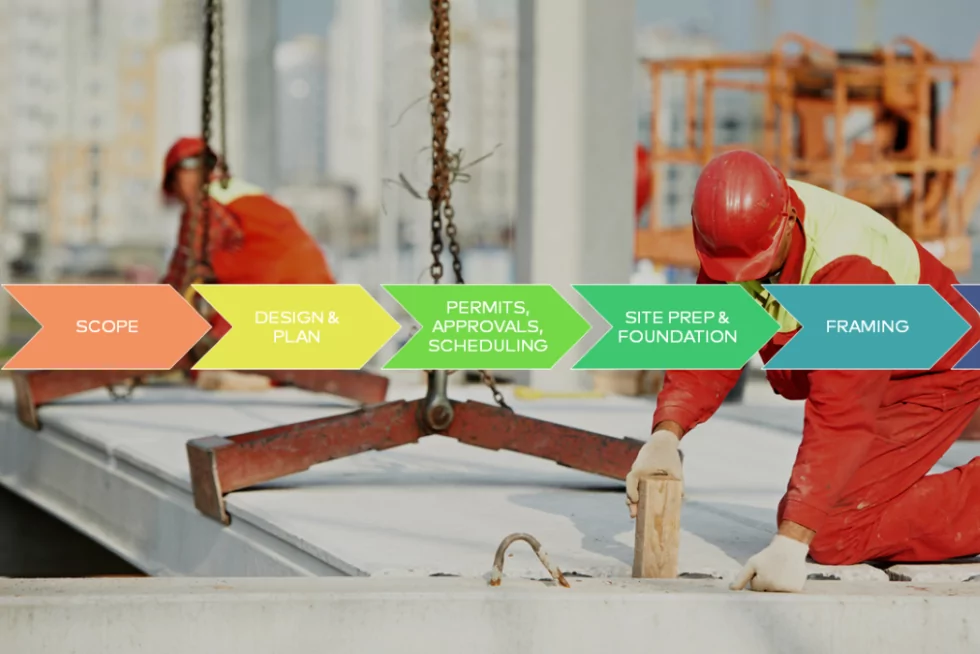
I recently reread an article from McKinsey & Co. that I originally discovered last year that discusses productivity within the construction industry. The article posits that ever-larger capital projects are being undertaken, that most of them suffer from cost overruns and missed deadlines, and that better project management and technological innovation can improve the chances of success of those projects. In our case, we have seen these issues get resolved in our own customer base and can corroborate these findings.
1. Projects are getting bigger in size and complexity and there will be more of them
To make the argument that there is a systemic problem that can be addressed, McKinsey cites 3 relevant pieces of data. First, the fact that infrastructure investment will double in the next 15 years, which means managing these projects will be an even bigger struggle. See the figure below.
2. Most projects suffer cost overruns and timeline delays
Second, the construction industry does horribly when it comes to completing projects on time and on budget, pointing to research that estimates that 98 percent of megaprojects suffer cost overruns of more than 30 percent; 77 percent are at least 40 percent late.
3. Productivity is the Key
The main reason McKinsey cites for the poor performance in construction is the lack of productivity as compared to other industries. Productivity has remained stagnant and has even declined in construction, while it has improved in other industries.
Why Lower Productivity?
So why do construction companies suffer from lower productivity? McKinsey argues that it stems from poor project management and lack of technological innovation. In particular, the article notes the following factors accounting for poor productivity and cost overruns.
Over the coming weeks, we will discuss each of these issues in detail. We will reveal some of the underlying reasons why these problems arise, why they are systemic, and what you can do about it.
If your company suffers from cost overruns, missed deadlines and these issues noted above sound familiar, stay tuned as we will also explain how construction companies can improve productivity, better manage their projects and lessen their chances of budget overruns.
> Learn more about the ADEACA Project Business Automation solution for the Construction Industry
In today’s increasingly complex project environments, businesses are facing unprecedented challenges in delivering projects on time, within budget, and according…
Project Business Transformation reduces risk, increases efficiency, and enhances decision-making in your project organization. Project Business Automation is a new…
Project Business Transformation is a strategic digital transformation initiative designed to fundamentally change how projects are managed and delivered in…
There is so much hype around the use of AI in project management. What is the reality? Join Chief Category…
In the dynamic landscape of project-driven enterprises, risk is omnipresent. As projects become integral components of your business strategy, the…
Management by exception is a method of business management that focuses on identifying and managing cases that deviate from the…
This website uses cookies.